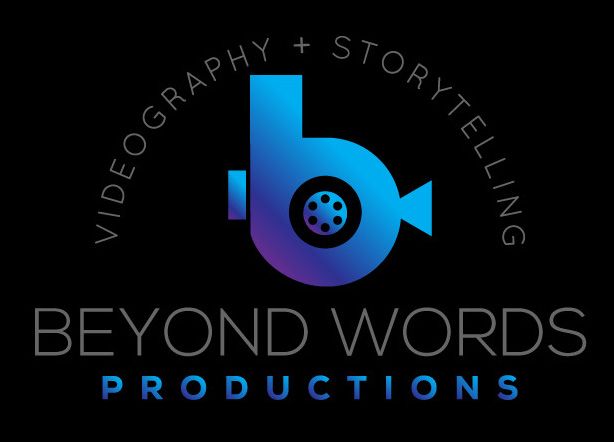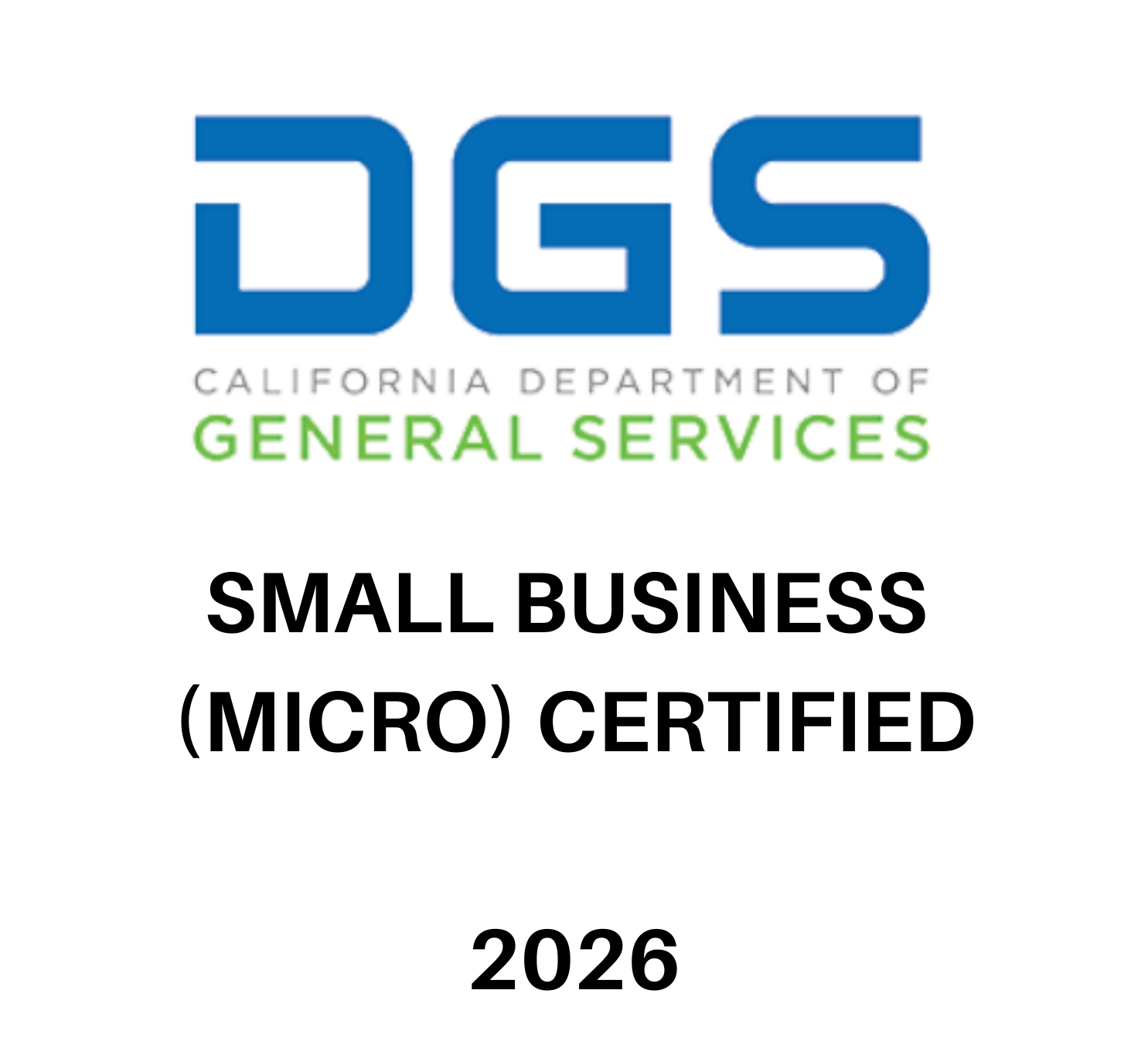Elevate Your Website: The Impact of Video on Your Homepage

A business’s online presence is oftentimes the first point of contact it has with potential clients. Your website’s homepage needs to capture someone’s attention from the get-go and leave a great-first impression. Keep in mind, people don’t like to read large bits of information and too much detail can deter them immediately. So where should a video be placed on a website? And what are the benefits of using video content on your site?
Incorporating a video to the top of the homepage has many values to it. Before we explore the benefits, here’s a couple of important things to take away from all this:
According to a report by Wyzowl , 84% of people say they've been convinced to buy a product or service by watching a brand's video.
Websites with videos are 53 times more likely to rank on the first page of Google search results, according to a study by Forrester Research.
Okay, numbers out of the way, here’s how video benefits you when placed front and center of your website:
1. Captivating Storytelling:
Videos have the power to tell a story like no other medium. They can convey your brand's message, values, and personality in a way that resonates emotionally with your audience. This storytelling element helps build a strong connection and trust with your visitors. When this type of video is placed front and center of your website, it makes it as easy as possible for people to learn and care about you.
2. Enhanced Engagement:
Videos are more engaging than static images or text. They can grab a visitor's attention within seconds and keep them engaged longer. This extended interaction with your website can lead to better understanding and increased brand recall. People are also more likely to spend more time on your site learning about you if they enjoyed your video.
3. Boosted Conversion Rates:
As the statistics mentioned earlier show, adding a video to your homepage can significantly increase conversion rates. Whether it's signing up for a newsletter, filling out a contact form, or making a purchase, videos can influence visitor decisions positively.
4. Improved SEO Performance:
Search engines love video content. Including a video on your homepage can boost your website's SEO ranking, making it more discoverable to potential customers. This can result in increased organic traffic and visibility.
5. Clear Communication:
Videos can concisely convey complex information. Whether you're explaining your products, services, or unique selling points, videos can break down these concepts in an easily digestible manner.
6. Enhanced Mobile Experience:
With the rise of mobile browsing, videos on your homepage are optimized for a seamless viewing experience on smartphones and tablets. This ensures that you're catering to the needs of your mobile audience effectively.
7. Competitive Edge:
Many businesses have yet to fully embrace video on their homepages. By integrating video, you gain a competitive edge, setting your website apart from others in your industry.
Videos make it as simple as possible for your potential customers to learn about you. Placing it front and center of your website is similar to how newspapers place the most important story and visuals “above the fold.” Same concept with homepage video placement. It needs to grab their attention and keep their attention. By not making customers read a bunch of text to get to know who you are, what you do and why they should care… will do a world of wonders for your organization.













